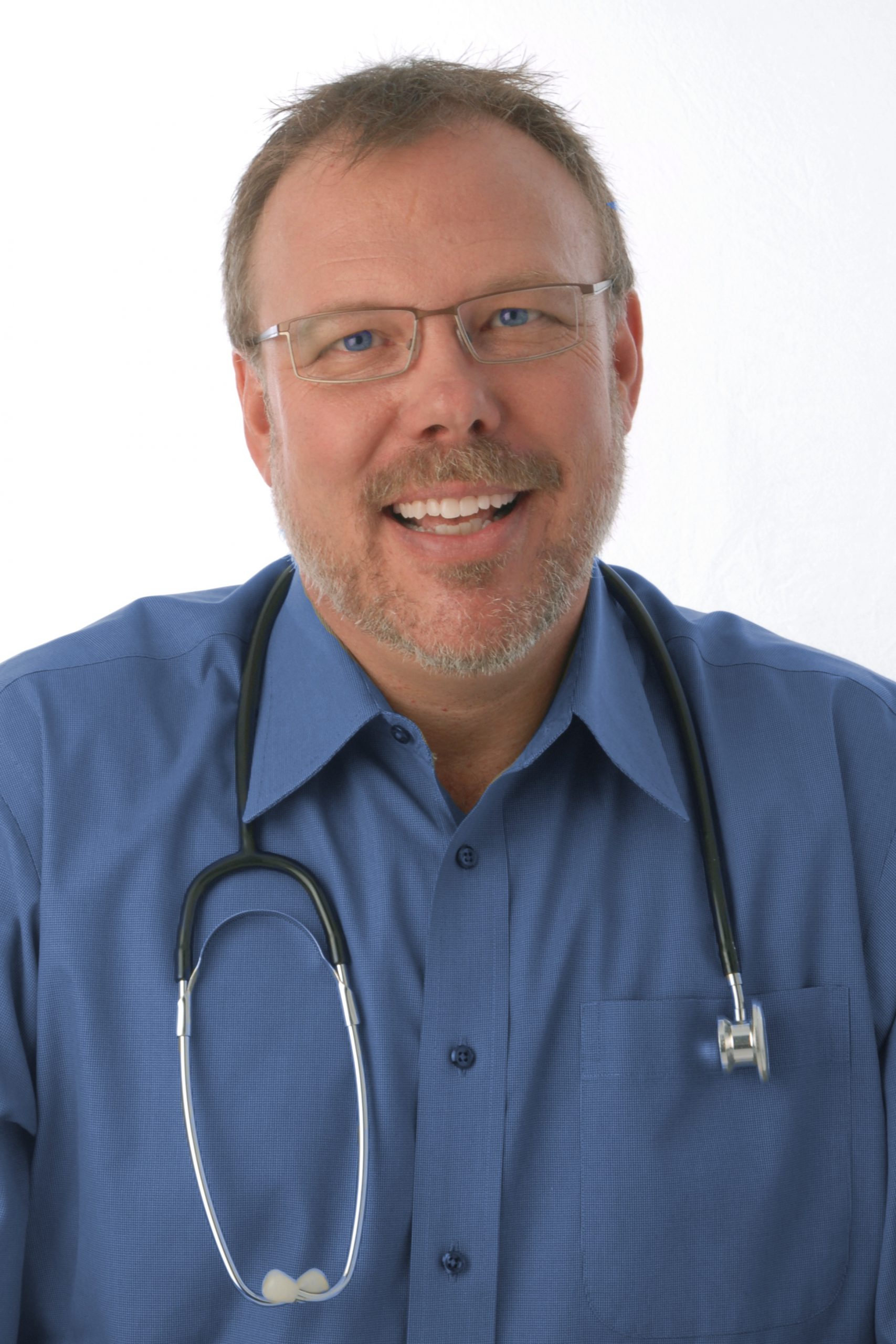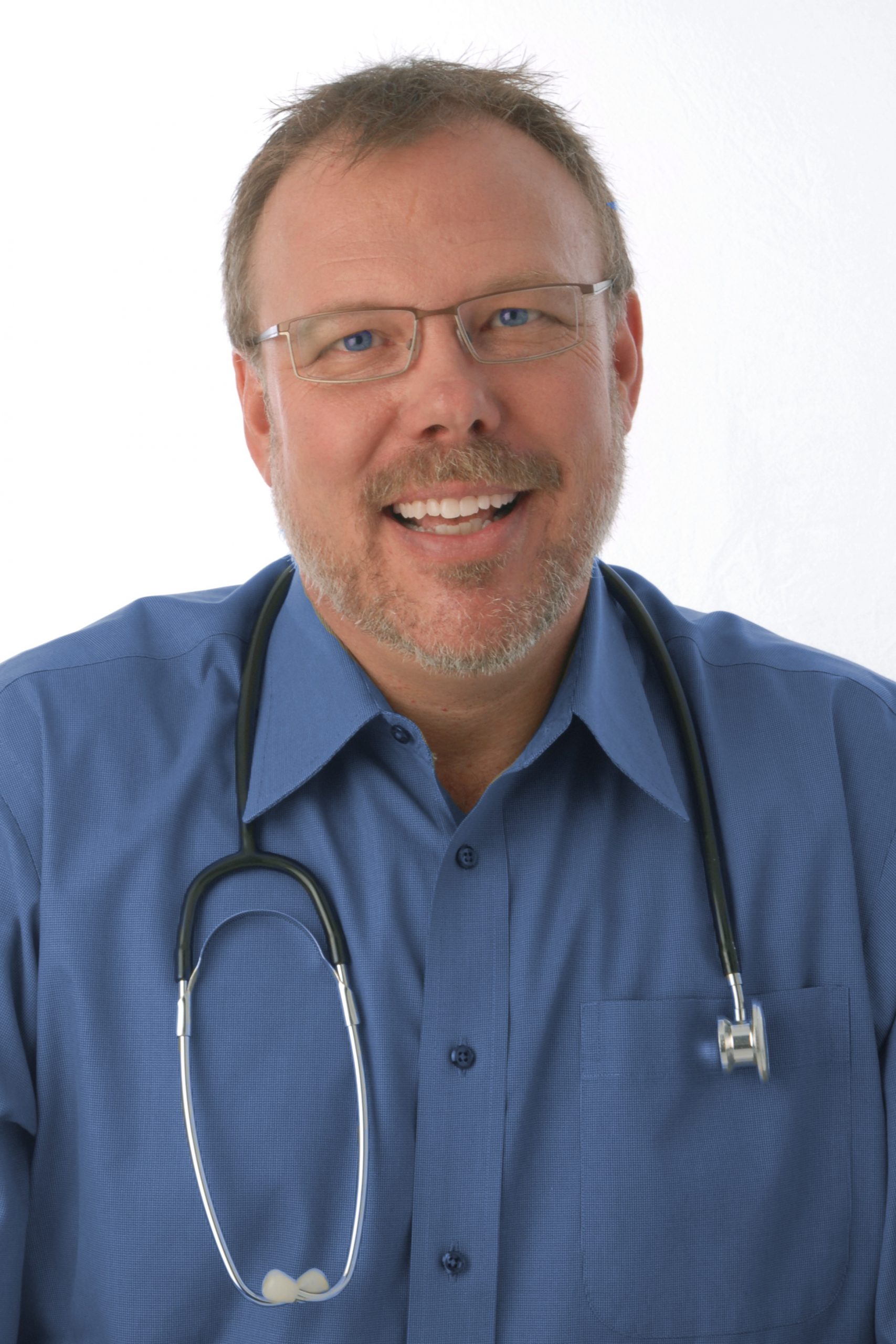 Interview with Dr. Alan Greene, MD
Interview with Dr. Alan Greene, MD
Dr. Alan Greene is a practicing pediatrician, founder of the award winning health and parenting site DrGreene.com, author of Raising Baby Green and frequent guest on shows such as Dr. Oz.
A recent study found the majority of health care providers fail to give pregant women advice on toxic chemical risks during pregancy. I thought it would be fun to sit down with Dr. Greene to get his take on the subject and seek his advice for those who are hoping to become parents one day, are currently parents or anywhere in between!
Did your physician counsel you on environmental health risks? Let us know in the comments below! Lindsay Dahl, Deputy Director
1.) Recent news headlines show that the majority
of physicians fail to warn pregnant women about environmental health threats
during pregnancy. Do you feel the medical community can do more to counsel
patients on the importance of nutrition, avoiding toxic chemicals?
Even
without definitive evidence linking specific exposures to fetal development, we
do know that illnesses
arise from interplay between our genes and the environment. When you look at all
the conditions on the rise in kids – problems such as asthma, ADHD, childhood cancers, diabetes – you can’t blame our
genes. These conditions have increased so rapidly in the last 30 years that we
know the environment is the problem, which means that the environment also
holds the answers.
According
to data from the Centers for Disease Control, a 2011
study found that the majority of pregnant women in America have industrial chemicals, pollutants, and pesticides already
present at the moment of birth – in the umbilical cord
blood. This is tangible evidence that we should be taking every precaution we
can to avoid risky chemical exposures. The developing fetus is uniquely vulnerable and impacts during this phase of rapid development can potentially be irreversible and life-altering.
Counseling
pregnant moms on these risks and simple ways to limit exposures is a vital
component of reversing the upward trending prevalence of environmentally
induced diseases.
Our
time reminds me of the era when germs were first discovered – invisible,
impossibly small organisms that had already been causing human disease. Their
detection paved the way for great improvements in health. We are now able to identify
toxic chemicals in our bodies and environment, even at very low levels, which
may be contributing to human disease. I’m hopeful that this will pave the way
for great improvements in reducing the chronic disease burden in America.
2)
If women feel like they’re not getting the information they need from their
physicians on environmental health exposures, what are some good resources for
them to turn to?
It’s
difficult to find sources that answer these complicated questions both
accurately and understandably, but they’re out there. Here are a few I
recommend:
Dr.Greene.com (My website provides
extensive advice from a trusted pediatrician)My book, Raising Baby Green
Safer
Chemicals, Healthy Families (Your member organizations include major leaders in the field!)
3) We know that toxic chemical exposures that
happen to men and women before they become pregnant can impact the
health of their future children. What advice do you have for younger men and
women?
It’s
never too soon (or too late) to start living healthier and reducing your
exposure to risky chemicals. Even if having a baby is the last thing on your
mind, you’ll be doing a world of good for yourself (and your future self) by
doing your best to limit exposures. And, you don’t have to make any massive lifestyle
changes – just take it one step at a time. Start with one thing that works for
you and once that becomes a habit, choose another.
Some
of the simplest steps people can take are opening windows every day to reduce
indoor air contamination, taking off your shoes to reduce tracking pesticides
and lead dust indoors, and choosing safer products.
On
that final note, start thinking beyond “eco-friendly” because there’s really no
distinction. Environmental chemicals aren’t just polluting air, soil, and water “out there” somewhere; they are polluting the innermost sanctum of the womb. We are part of the environment.
All
products and their manufacture have environmental consequences. We make
eco-choices every time we buy. The question is whether we are selecting better
environmental impact or worse environmental impact. Our choices add up. And
matter.
4)
As a pediatrician, how important do you think it is for the government to
ensure chemicals are safe before they end up on the market, in our homes and bodies?
It’s
absolutely imperative. Our current chemical regulatory system, TSCA, was
created back in the 1970s and it’s woefully outdated, In fact, I like to say
it’s as ridiculous and out-of-date as polyester leisure suits. Essentially, chemicals are innocent until proven guilty and even then, our regulatory bodies are extremely limited in their capacity and authority to do anything. And, you know who’s paying the price? Our children.
We
know for a fact that public policy changes your body. A study released a few
years ago examined the levels of chemicals in pregnant women’s bodies. One of
the most striking aspects of this study was that the toxic chemical profile was
different in pregnant women living in different states, varying with the
chemical regulations there. This makes sense. We already knew on a national
level that when lead was removed from gasoline by public policy, the lead
levels in our children plummeted.
Public
policy to better regulate chemicals is intensely personal. The issues are often
complex, but the results can change our bodies. Pay attention to these issues,
and let your voice be heard because it’s time to stop using kids as the
canaries in the coal mine.
To
get involved I encourage you can take
action here.
To
follow Dr. Greene on Twitter: @DrGreene
and @WhiteOutNow




